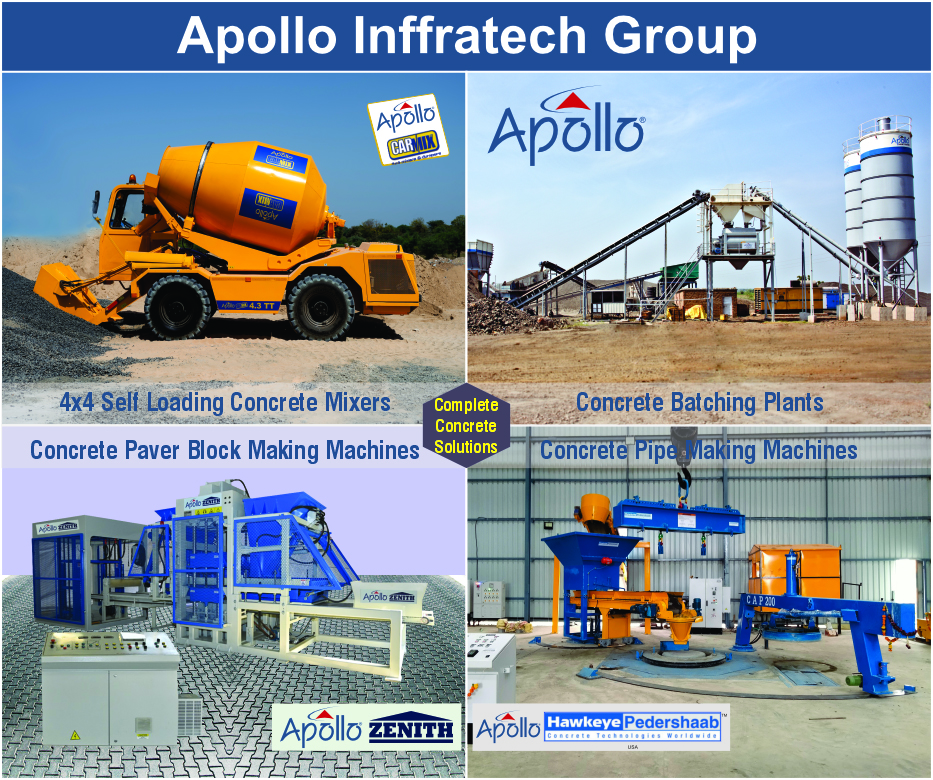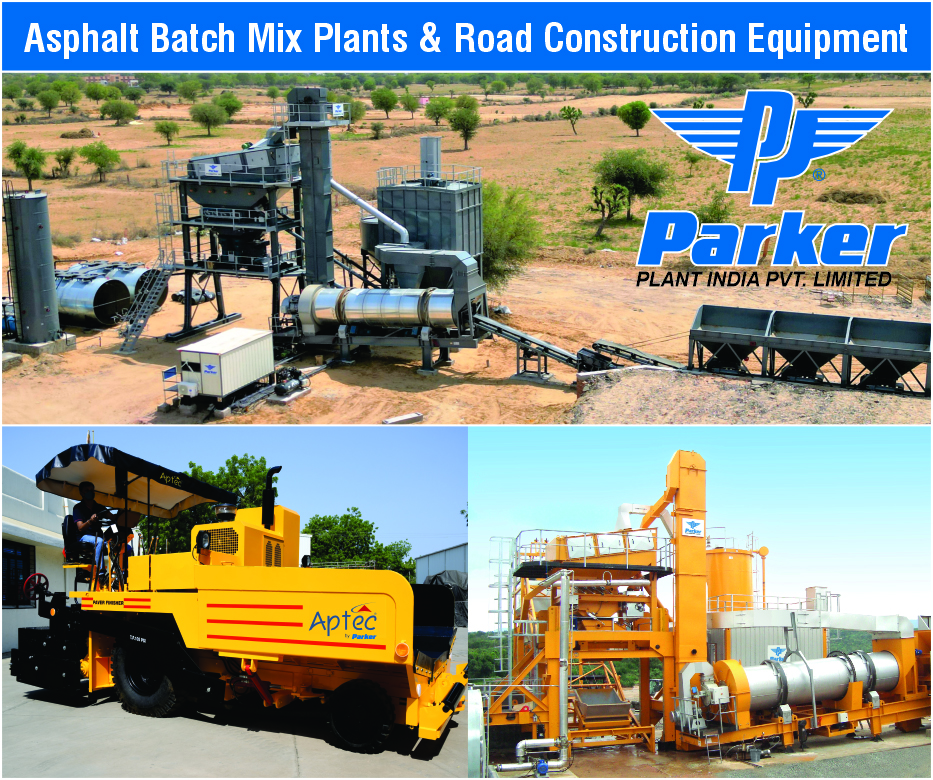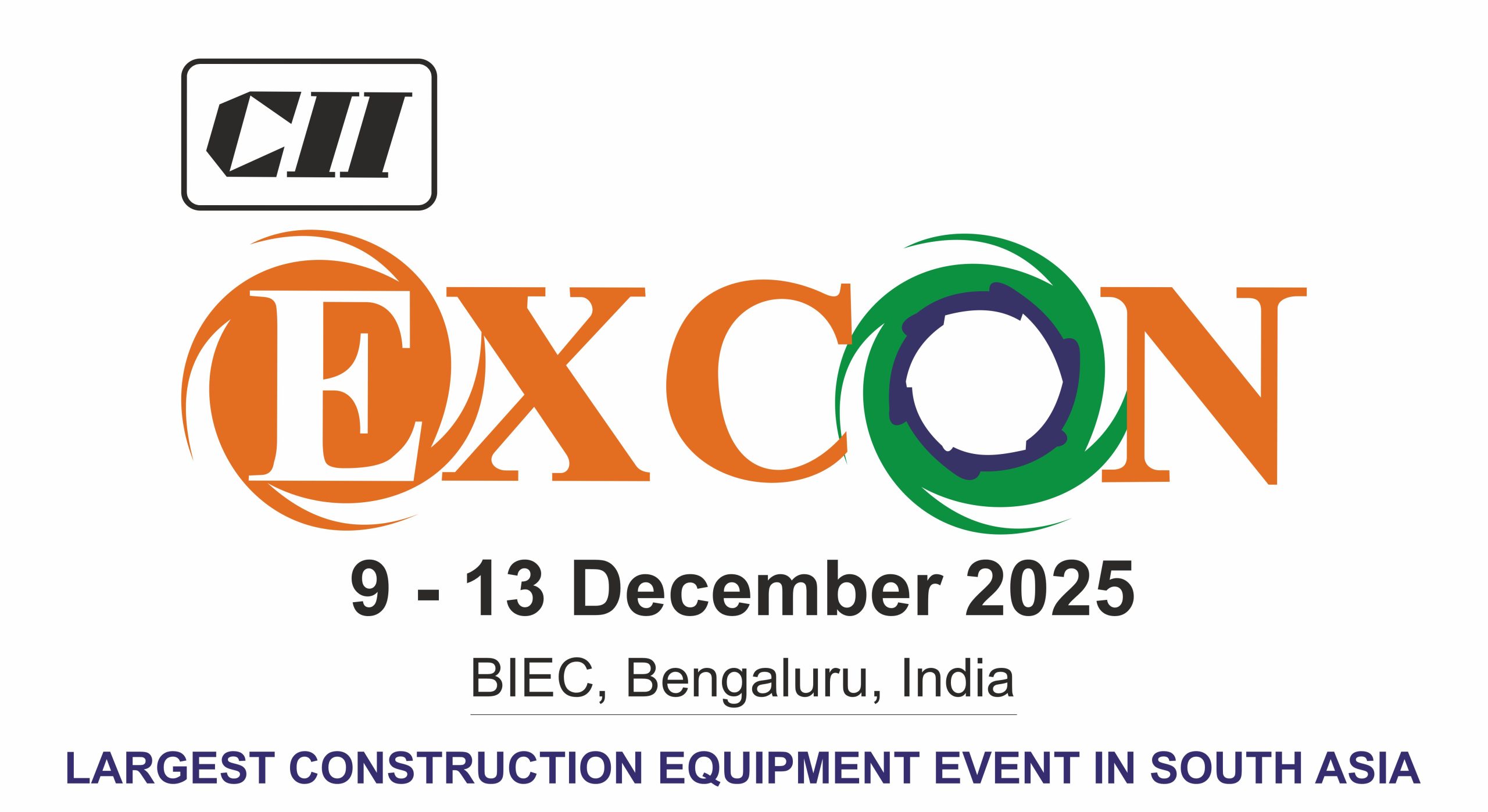To remain globally competitive, India must cut its logistics costs which currently hover around 13–15% of GDP to a target of 12% by 2030 and eventually to around 8%, on par with global standards, by 2040.
Achieving this requires a smart, future‑ready infrastructure ecosystem built on multimodal transport, advanced rail networks, digital platforms, warehousing and logistics parks. A shift from road‑centric freight to rail and waterways is central, railway freight can move longer trains at higher speeds, significantly reducing costs and carbon emissions.
Multi‑Modal Logistics Parks (MMLPs) under the Logistics Efficiency Enhancement Program aim to bring together rail, road, port and container handling in one hub, cutting cargo handling times, warehousing costs and inefficiencies in the supply chain. Key policy frameworks including Bharatmala, Sagarmala, PM‑Gati Shakti and aligned economic corridors are accelerating infrastructure rollout across states.
India’s demographic dividend, growing digital maturity and strong political commitment strengthen the ability to implement these changes. The impact will be profound: faster freight movement, lower shipping costs, expanded exports, cleaner transport and a leaner logistics ecosystem fit for a $5‑trillion economy.
Tracks of Tomorrow: How Smart Infrastructure Can Slash India’s Logistics Costs
Date:










